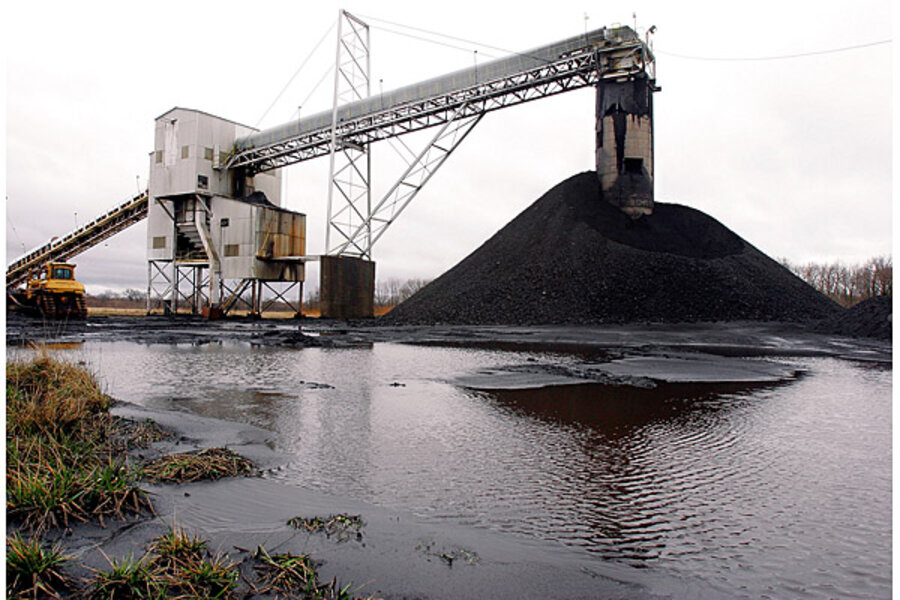Could taxes be the key to curbing climate change?
The U.S. Environmental Protection Agency (EPA) is developing a proposed rule due out in June that could allow states to use carbon excise taxes or fees to limit the one-third of U.S. greenhouse gas emissions that come from power plants. The tax approach, one of several options EPA could offer states, could provide an important test for price-based limits on climate-changing activities.
A national price on carbon currently has little traction in Washington, but EPA’s power plant rule could open the door for a straightforward state-based tax. EPA just needs to set a minimum tax trajectory that any state could adopt. Here are some potential benefits to such a system:
- It’s market-based, flexible, compatible with existing fuel mixes, accommodates the “remaining useful life” of equipment, and doesn’t undermine electricity reliability.
- A tax option is feasible and consistent with the law. If EPA can allow cap-and-trade under the rule, as the agency has indicated it will, it can allow an excise tax or fee.
- A carbon fee discourages each fuel’s use in exact proportion to its damage to the climate. This changes the relative prices of different fuels and encourages all pollution reductions that cost less than the tax. EPA can set a tax that reflects the Administration’s estimates of the damages of the pollution.
- A tax incentivizes changes at power plants (for example, more efficient boilers and lower-carbon fuels) and greater energy efficiency by consumers.
- A tax encourages abatement in ways EPA and states can’t predict, for example by helping drive a market for new technologies. Standards based on existing technologies may not do that.
-
A tax would be an easy way for states to implement EPA curbs on power plant emissions. Some states already have excise taxes on natural gas. In contrast to cap-and-trade, states wouldn’t have to allocate allowances, create a registry, monitor trades, or enforce a price floor. They wouldn’t have to measure electricity generation, transmission, or consumption. They’d just monitor fossil fuel use and collect the money.
- Under a tax, regulated firms wouldn’t have to manage volatile allowance prices or other uncertainties. A predictable compliance price fosters the long term investments that are critical to reducing the use of carbon-based fuels in a cost effective way.
- A traditional emissions standard would impose different incremental abatement costs in different states, potentially distorting investment across state lines. In contrast, an EPA-specified tax option available to all states would allow them to harmonize their pollution policies without having to link them directly, for example through a regional allowance market.
- States could use the revenue however they wish. For instance, they could lower inefficient taxes, potentially providing pro-growth state tax reform along with environmental benefits.
- In its power plant rule, EPA can signal that the same tax will also work for future carbon rules for industrial facilities. This would allow states to adopt only one tax law and help industries invest wisely in pollution reduction before EPA imposes new regulations.
- A price-based standard is diplomatically far superior to an emissions rate standard (i.e. “X tons of CO2 per kilowatt hour generated”) because it clarifies the economic ambition of US climate policy and starts a useful international carbon pricing dialogue.
A carbon price in the rule would signal to Congress what the Administration would accept as a federal carbon tax alternative to Clean Air Act rules.
Finally, members of Congress who denounce EPA regulations might support agency rules that give states the flexibility to adopt a modest carbon fee schedule instead of mandated emissions standards. States could choose which option suits them best, leaving the decision and the potential revenue in their control.






